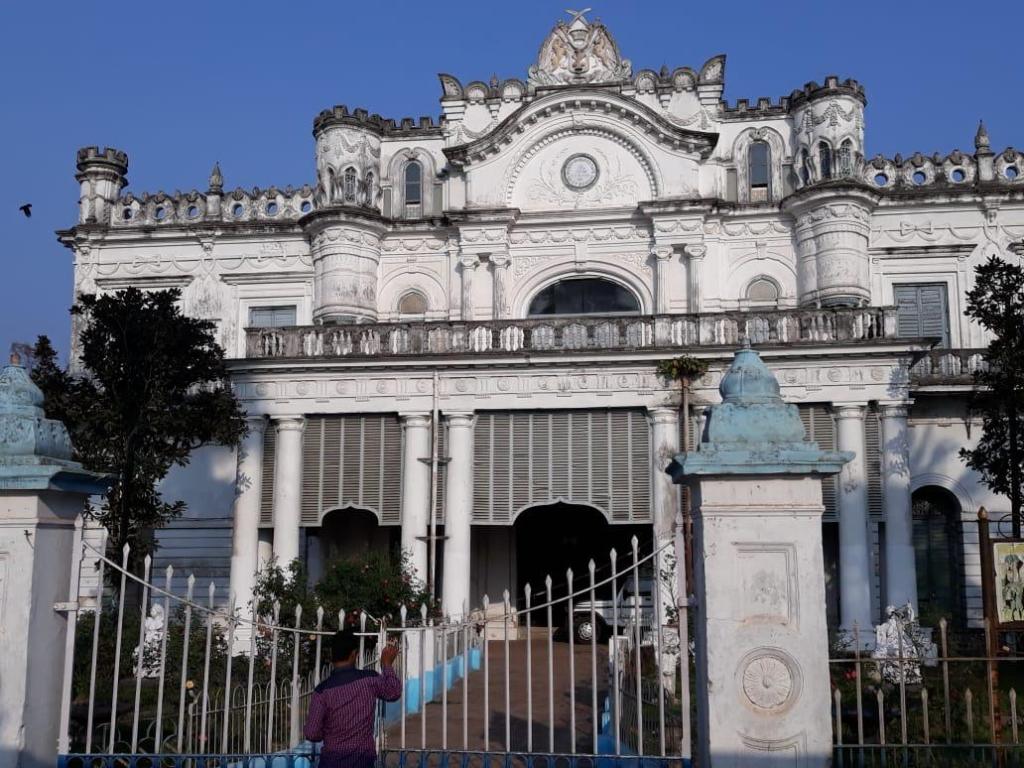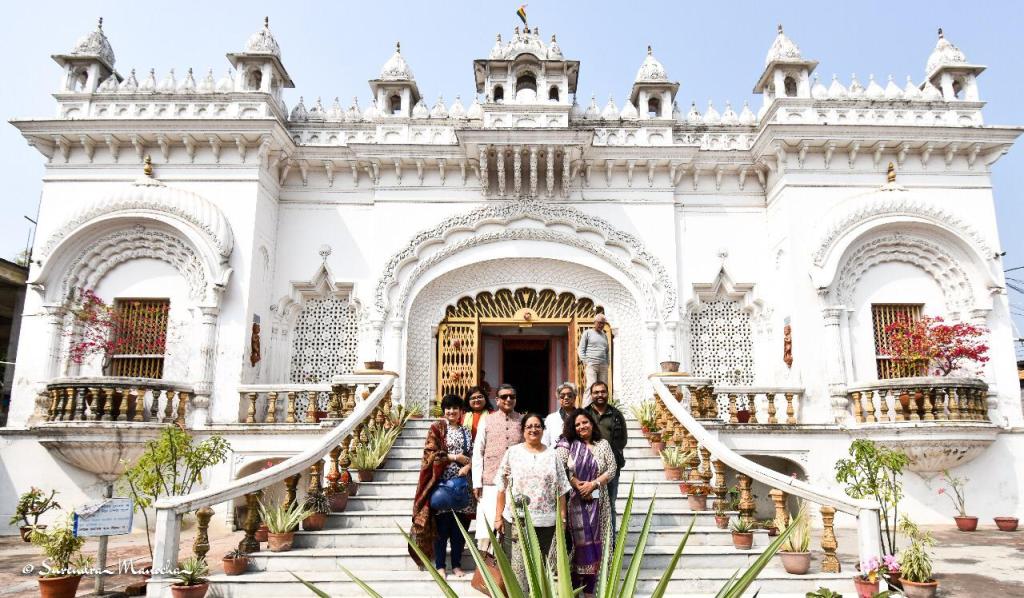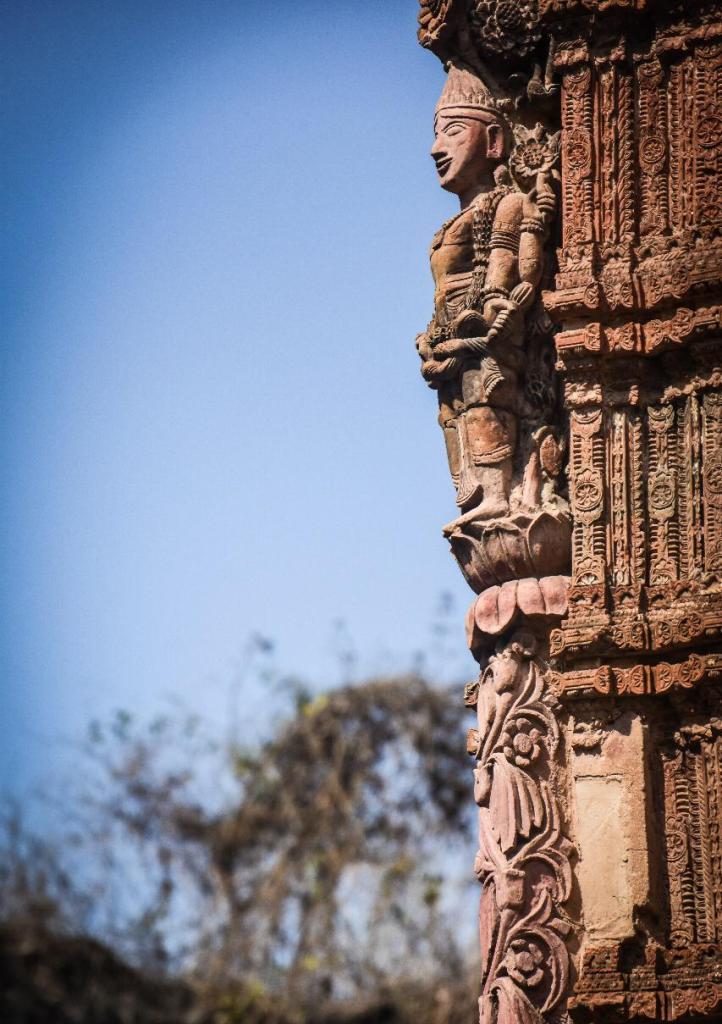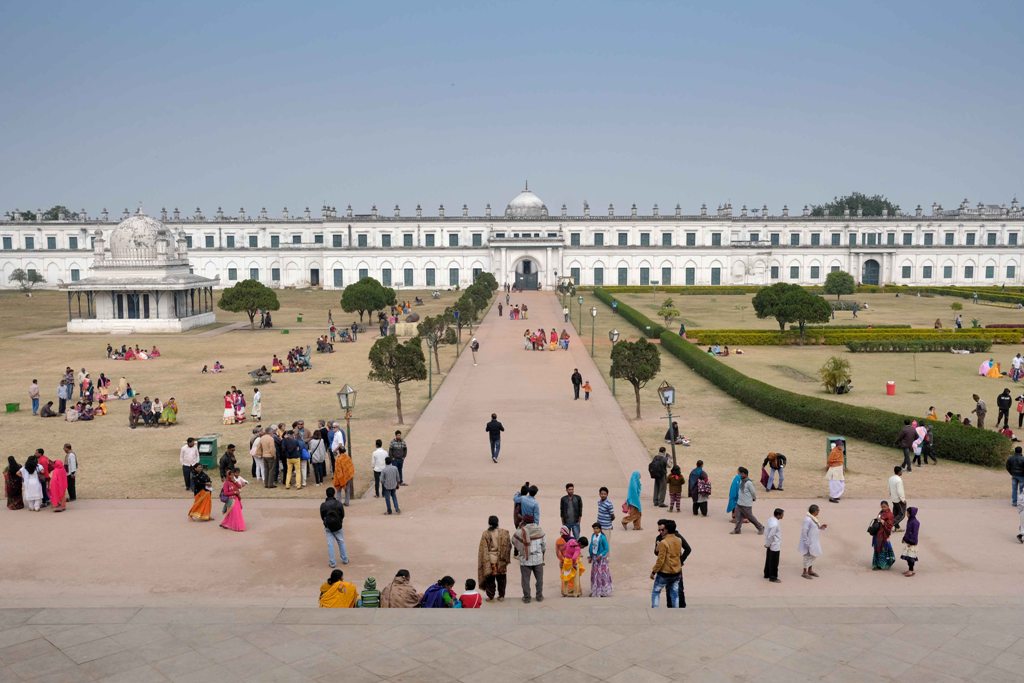Heritage of Murshidabad:
Almost all nations in the world have many old structures around their cities and villages of historical significance. For a country like India which has diverse heritage and is one of the oldest civilization of the world, it is very important to pass on the heritage value to the youth from their childhood days.
When talk about Murshidabad, we instantly recollect all the intriguing historic happenings. It is the place Murshid Quli Khan, the Diwan of Bengal under Aurangzeb, named after him, after shifting his capital here from Dhaka in 1704.
Over time, the Nawabs, the jagat Seth family of bankers, the rich Jain merchants, various Rajas, Ranis and others, contributed to the evolution of Murshidabad as “The City”, when Calcutta was but a cluster of villages. Murshidabad had become not only a seat of power, but also a treasure trove of architectural gems, was a prime hub of trade and commerce, an important Muslim/Hindu/Jain religious centre, and earned fame for its textiles, handicrafts, fruits, cuisine and other aspects. Murshidabad of those times was said to be as prosperous as London.
Unfortunately, due to lack of care and gross neglect, many of Murshidabad’s treasures were reduced to dust and ruins. However, still much remains to remind us of Murshidabad’s glory days and its deserved prime place on Heritage map.
Murshidabad is crying for resurgence. Good work has been done towards preserving its heritage by the central government agencies like the A.S.I, the state government and others like MHDS. But it is still work in progress.
 |
 |
 |
 |
 |
 |